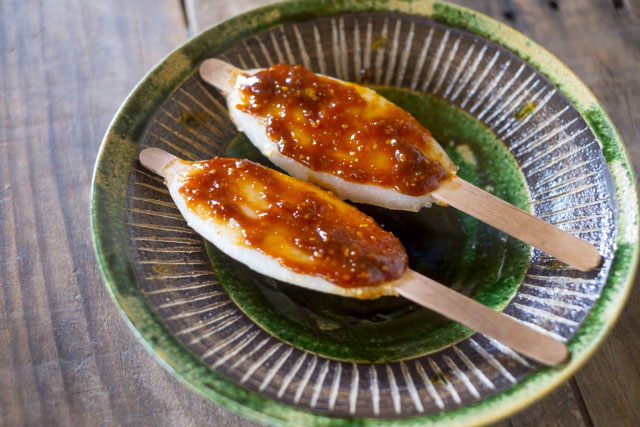Tag: mochi

I cooked every rice type on the menu!
Read more: I cooked every rice type on the menu!Hello fellow rice fans and Happy New Year! This month I thought about how many…

Toro Toro! Discover the Sweet and Refreshing World of Warabi Mochi
Read more: Toro Toro! Discover the Sweet and Refreshing World of Warabi MochiGet ready to satisfy your sweet tooth with a delicious and refreshing Japanese dessert –…

What is Mochi? A Guide to One of Japan’s Most Iconic Dishes
Read more: What is Mochi? A Guide to One of Japan’s Most Iconic DishesWhen it comes to traditional Japanese foods, mochi is definitely one of the most popular.…

A Food Lover’s Tour of Japan – Gifu Prefecture and Savory Gohei Mochi
Read more: A Food Lover’s Tour of Japan – Gifu Prefecture and Savory Gohei MochiOur Food Lover’s Tour continues this month in Gifu Prefecture, home of the famous gohei…
Essentials of Japanese Cooking: Wagashi
Read more: Essentials of Japanese Cooking: WagashiThroughout the year, we’ve focused on the essentials of Japanese cooking, from basic pantry items…
Japanese Street Food: Dango! Dango! Dango!
Read more: Japanese Street Food: Dango! Dango! Dango!September marks transitions in Japan–from the humid heat of summer to the more temperate months…


